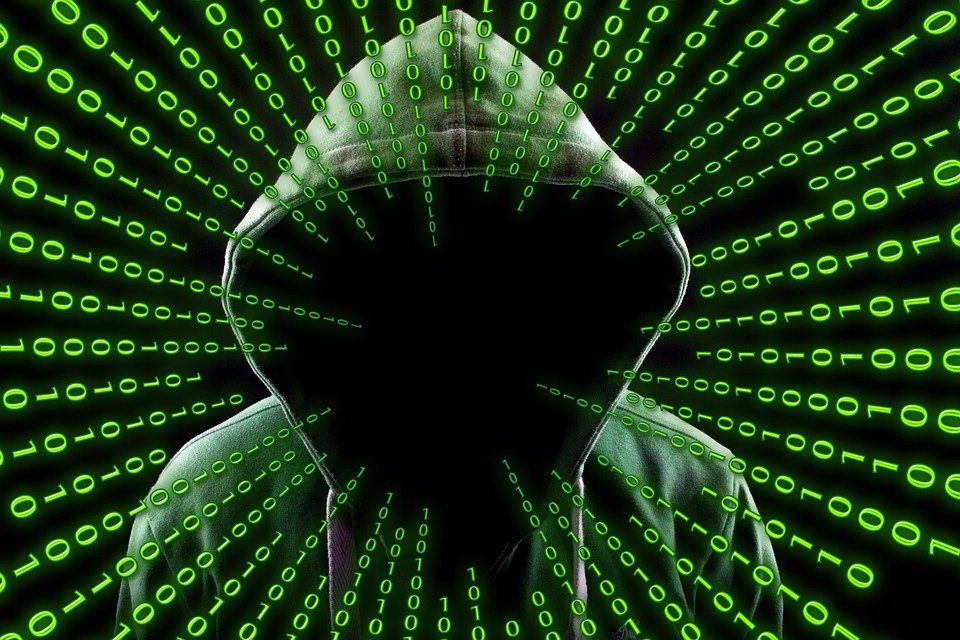Book Review: Computational Investigation by Elisabeth Bauchner
Who is the intended audience for this book?
Make no mistake. This book is not intended for computer professionals. If you have a computer science degree or know a lot about computers, you won’t learn anything from this book. This book is aimed at kids in the middle school age group, but it would also be a good primer for adults.
Having said that, what is the book about?
What is computer forensic science?
Computer forensics is a two-part process. First, the data is retrieved, and then the data is used. It differs from other forensic sciences because the data usually stands on its own and does not require interpretation.
What are the many tasks of a computer forensic technician?
In the course of their work, computer forensics professionals must preserve evidence, not introduce viruses or worms into the system, handle data properly, keep evidence within the chain of command, minimize the impact of system analysis on any affected businesses, and ensure that privileged information is not disclosed.
By following these rules, computer forensics professionals find hidden files, swap files, and temporary files used by the operating system and applications. They access these protected and encrypted files and files, and search for information relevant to the case. They analyze existing data, particularly in areas that are normally considered inaccessible. They perform a comprehensive analysis of the system and list all relevant files. They give an opinion on the layout of the system and who authored the files. They take notes on attempts to delete or protect files, and provide expert testimony and/or court consultation as needed.
The book provides definitions of commonly used words or terms in the industry.
a hacker He is someone who is genuinely interested in a piece of technology and learning everything possible about technology.
a cracking device He is someone who uses his hacking knowledge for bad purposes.
hackers We are white hatand crackers black hat hackers.
a phreaker It was someone who conned the phone company into getting free long distance calls.
plagiarism Mimics a website (or email) so the recipient thinks the sender is someone else.
phishing It attempts to obtain information from people, such as user accounts, passwords, and social security numbers.
a virus It is a program attached to another program that infects the system when the program is opened. The virus cannot do anything unless the program is opened and running.
a worm It looks like a virus, but it can copy itself without opening other programs.
a Trojans It is a program that pretends to be a different kind of program.
denial of service (DoS) is when a cracker tries to prevent its normal users from accessing the system.














Post Comment